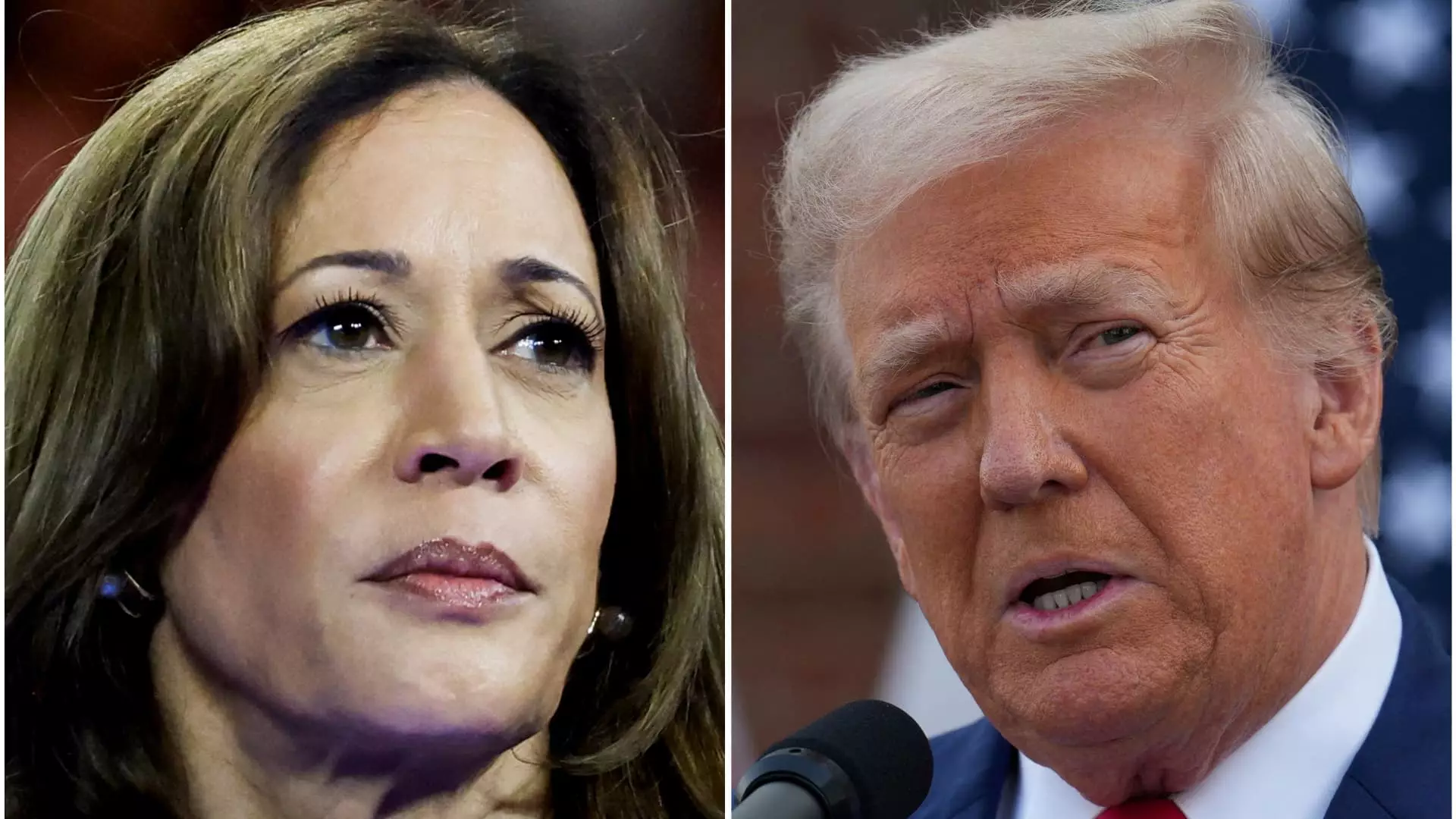As the upcoming election draws near, investors are shifting their focus towards potential capital gains tax adjustments that could affect their financial assets. Democratic Vice President nominee Kamala Harris recently suggested a 28% tax on long-term capital gains for individuals earning more than $1 million annually. This proposal diverges from President Joe Biden’s plan, which aims for a 39.6% long-term capital gains tax rate for those making over $1 million per year.
When comparing these proposed tax rates to historical trends, it is evident that the potential 33% combined rate under Harris’ plan would be the highest since 1978. On the other hand, former President Ronald Reagan implemented a 28% top capital gains rate in 1986, which was on par with Harris’ current proposal. During former President George W. Bush’s term, the top capital gains tax rate was at its lowest of 15% between 2003 and 2012. These fluctuations in rates showcase the volatility of capital gains revenue compared to regular income tax collections.
The unpredictability of capital gains tax changes can lead to uncertainty among investors. The ability to choose when to sell assets and incur taxes makes it challenging for policy analysts to estimate revenue generated from these proposals accurately. Higher tax rates may prompt investors to postpone asset sales, while lower rates could accelerate profit realizations. This behavior indicates a level of strategic planning based on current tax brackets and long-term financial goals.
It is essential to note that any adjustments to capital gains taxes require Congressional approval. With the control of the House and Senate uncertain, the implementation of these proposals may face challenges. Considering the differing stances of both parties and the influence of various stakeholders, the final decision on capital gains tax rates will heavily depend on the political landscape post-election.
While President Donald Trump has not explicitly outlined a capital gains tax proposal, several conservative organizations, including The Heritage Foundation, have put forth a vision for a conservative administration in Project 2025. This initiative advocates for a 15% tax rate on capital gains and the elimination of the Net Investment Income Tax (NIIT). Although Trump has distanced himself from this proposal, it reflects the broader sentiment within conservative circles regarding tax policy.
The fluctuation in capital gains tax rates and the resultant impact on investor behavior can have significant economic implications. By understanding past trends and analyzing proposed changes, policymakers can anticipate how alterations in tax policies may influence market dynamics. Additionally, considering the role of taxation in revenue generation and economic stability is crucial when evaluating the long-term effects of capital gains tax adjustments.
The proposed changes in capital gains tax rates by both Democratic and conservative entities have sparked a dialogue on the economic repercussions of such adjustments. As investors navigate through the uncertainty surrounding tax policies, the need for comprehensive analysis and informed decision-making becomes paramount. By examining historical precedents, legislative processes, and investor behaviors, stakeholders can better assess the potential impact of capital gains tax changes on the financial landscape.

